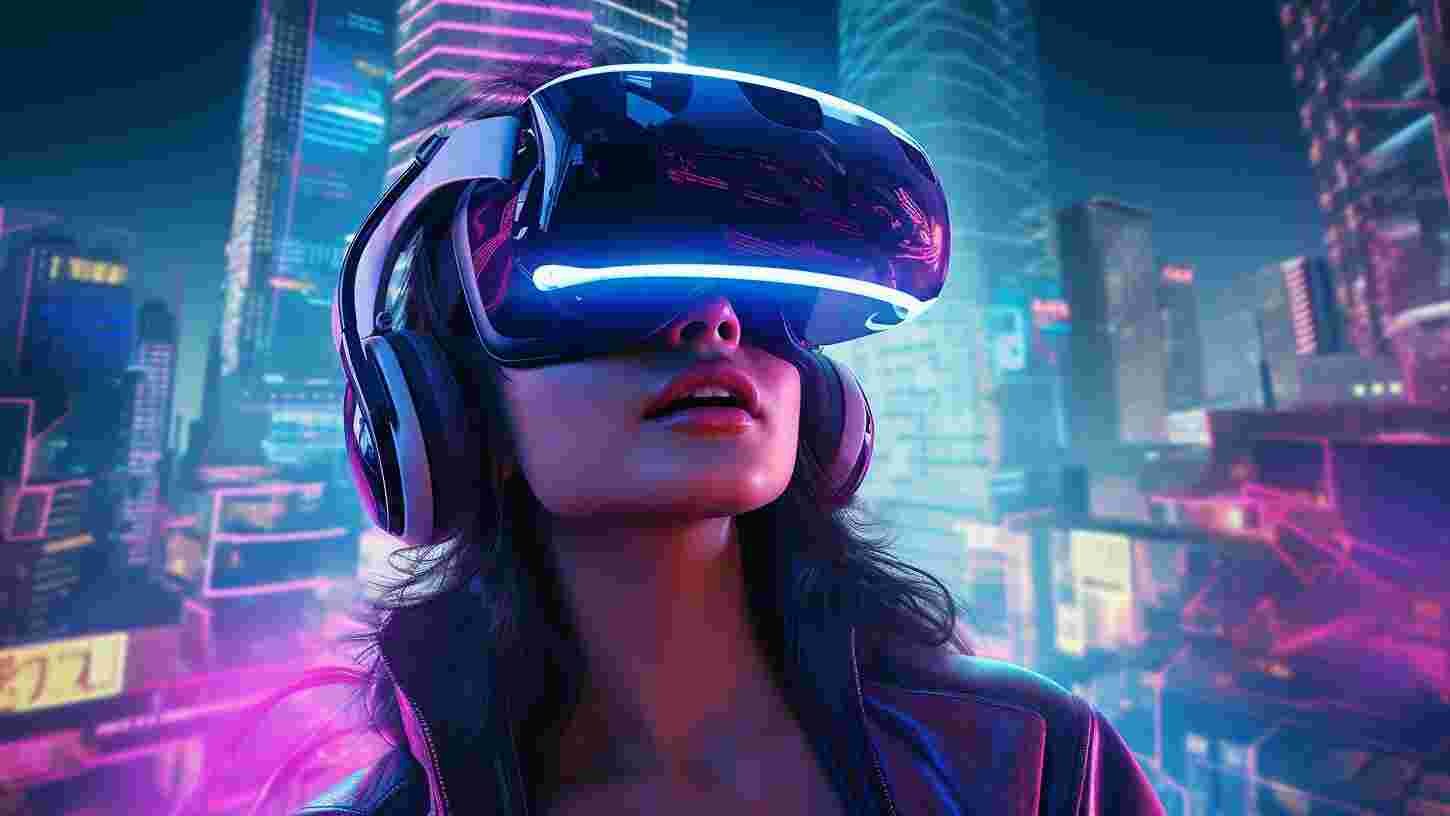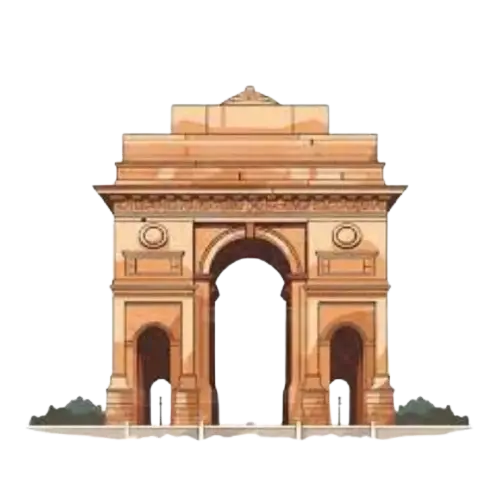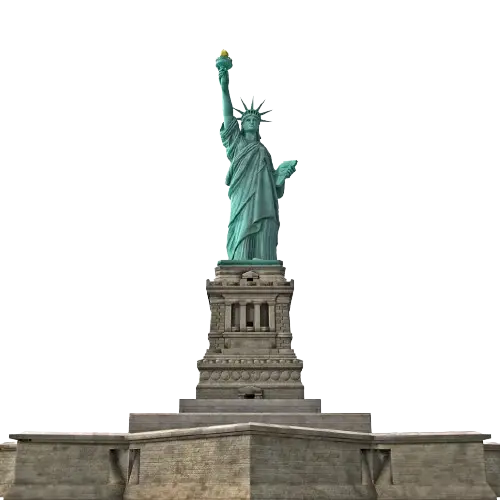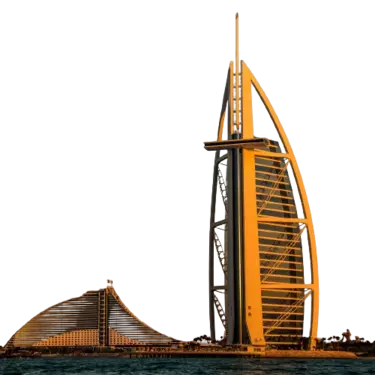Gaming has come a long way since the days of simple 8-bit graphics and single-player experiences. Today, the gaming landscape is rich, immersive, and often interconnected, thanks to technological advances. But now, a new wave is on the horizon: Web3 gaming. Unlike traditional gaming, where centralized companies control game assets, progression, and player interactions, Web3 gaming is decentralized, offering a revolutionary shift in how games are built, played, and monetized.
This shift is not just a technological upgrade; it’s a philosophical change that puts power back into the hands of players and developers alike. In this blog, we’ll dive deep into the world of Web3 game development, exploring what it is, the technologies that power it, the opportunities and challenges it presents, and how TechDotBit can be your strategic partner in creating your next big Web3 game.
What Exactly is Web3 Gaming?
To understand Web3 gaming, it’s essential first to grasp what Web3 means. Web3 represents the next evolution of the internet, where decentralization is key. Unlike Web2, where data and power are concentrated in the hands of a few tech giants, Web3 aims to democratize the web by using blockchain technology to empower individuals.
In the context of gaming, Web3 means games that are built on decentralized networks, often leveraging blockchain for in-game asset management, security, and player interactions. Traditional games operate on centralized servers where players have no ownership of their in-game assets—think of all those hours spent grinding for items or achievements that ultimately belong to the game company. In Web3, however, the ownership of digital assets is shifted to players.
Imagine a world where the sword you crafted, the character you leveled up, or the rare skin you found is yours to keep, trade, or sell, independently of the game developers. That’s the power of Web3 gaming.
Key Technologies Powering Web3 Games
Web3 game development doesn’t just tweak traditional game-making; it revolutionizes it. Here’s a closer look at the core technologies driving this change:
- Blockchain Networks: Blockchains like Ethereum, Binance Smart Chain, Solana, and Polygon are the backbone of Web3 games. They handle everything from verifying transactions to storing digital assets securely. Choosing the right blockchain network depends on factors like transaction speed, scalability, and cost. Ethereum, for example, is known for its robust ecosystem but comes with higher transaction fees, while Solana offers faster processing at lower costs but is still developing its gaming ecosystem.
- Smart Contracts: Smart contracts are programmable agreements that automatically execute when predefined conditions are met. They manage everything from player-to-player trades to game mechanics, such as rewarding a player for completing a quest. Smart contracts ensure fairness and transparency, as the rules are coded directly into the blockchain. But writing secure smart contracts requires expertise; any vulnerabilities can be exploited, leading to significant losses.
- NFTs (Non-Fungible Tokens): NFTs are unique digital assets that represent ownership of a particular item—be it a rare weapon, a character, or even virtual land within a game. Unlike traditional in-game items, NFTs exist on the blockchain, meaning they are player-owned and transferable. This not only creates new economic opportunities for players but also for developers, who can earn royalties on secondary sales of NFTs.
- Decentralized Finance (DeFi) Elements: Web3 games often integrate DeFi features, allowing players to earn, stake, or lend in-game currency. This can turn casual gaming into a potentially profitable endeavor, blurring the line between gameplay and financial investment. Players can stake their NFTs or tokens, earning passive income simply by holding them.
- Metaverse Integration: The metaverse represents interconnected virtual worlds, allowing players to bring assets from one game to another, enhancing their value. Imagine using a weapon earned in a fantasy RPG in a sci-fi shooter, or attending a concert in a virtual space with your character. This kind of interoperability is only possible through blockchain, where data ownership transcends individual platforms.
Why Web3 Gaming Matters: The Benefits
Web3 gaming isn’t just a technological upgrade—it’s a paradigm shift that redefines the player-developer relationship. Here’s why it’s poised to reshape the industry:
- True Ownership: In traditional games, you don’t truly own your items—game companies do. Web3 flips the script, granting players real ownership of their digital assets. Your in-game purchases aren’t tied to a single game or platform but belong to you. This shifts power dynamics and fosters a stronger connection between players and their virtual assets.
- Play-to-Earn (P2E) Opportunities: P2E games reward players with cryptocurrency or NFTs simply for participating. This new economic model has gained massive traction, especially in developing countries, where gaming can become a legitimate source of income. It’s not just about fun anymore; it’s about financial empowerment.
- Transparency and Security: Blockchain’s transparent ledger ensures that all transactions, item trades, and game mechanics are visible to the public, fostering trust. Players can verify that the odds of a loot drop, for example, are fair and untampered with. Additionally, the decentralized nature of blockchain enhances security by making it nearly impossible for a single point of failure to compromise the system.
- Community-Driven Development: Many Web3 games leverage DAOs (Decentralized Autonomous Organizations) to give players a say in the game’s future. Players can vote on updates, new features, or economic changes, turning games into community-driven projects. This engagement strengthens player loyalty and ensures the game evolves in a way that aligns with its audience’s desires.
- Cross-Game Compatibility: Web3’s interoperability means your assets aren’t confined to a single game. A sword acquired in one game could be used as a decorative item in another, or a piece of land in one metaverse could double as an advertising platform in another. This flexibility creates new avenues for collaboration between developers and enhances the value of in-game assets.
Challenges in Web3 Game Development
However, as exciting as Web3 gaming is, it’s not without its challenges. Developing in this space requires navigating complex technical and regulatory landscapes. Here’s what developers need to consider:
- Scalability Issues: Blockchains, especially popular ones like Ethereum, can become congested during peak times, leading to high fees and slow transaction speeds. This can hamper the gaming experience, making games feel sluggish or unresponsive. Layer 2 solutions, like Polygon or Optimistic Rollups, are emerging as potential fixes, but integrating them adds complexity to development.
- User Experience Barriers: Web3 gaming often requires players to manage digital wallets, deal with private keys, and understand cryptocurrency—all of which can be daunting for newcomers. Simplifying onboarding and reducing friction points are critical to reaching a broader audience.
- Security Risks: While blockchains are inherently secure, smart contracts are not immune to bugs or exploits. High-profile hacks and scams have affected several projects, leading to significant financial losses. Rigorous testing, auditing, and continuous monitoring are essential to maintain security and trust.
- Regulatory Uncertainty: The legal environment surrounding blockchain and cryptocurrency is evolving, with different countries adopting varying stances. Developers must navigate these legal waters carefully to avoid compliance issues that could disrupt their game’s operations or alienate players in certain regions.
- High Development Costs: Building a Web3 game requires specialized skills, from blockchain development to smart contract programming and UI/UX design tailored to decentralized applications. These requirements drive up costs, often making Web3 game development more expensive than traditional approaches.
How TechDotBit Can Help You Thrive in Web3 Game Development
TechDotBit understands the intricacies of Web3 game development and stands ready to help you overcome these challenges and seize the opportunities that this new frontier offers. Our team is equipped with deep expertise in blockchain technology, game development, and decentralized ecosystems. Here’s how TechDotBit can support your journey:
- End-to-End Blockchain Integration: Choosing the right blockchain is critical to your game’s success. TechDotBit’s experts will guide you in selecting and integrating the optimal blockchain, balancing speed, cost, and user experience. Whether you need the robust ecosystem of Ethereum, the low fees of Polygon, or the high throughput of Solana, we’ll ensure your game is built on the best possible foundation.
- Secure Smart Contract Development: Smart contracts are the backbone of your game’s economy, and TechDotBit ensures they are built to the highest standards. Our developers write and rigorously test smart contracts to prevent vulnerabilities, ensuring your game runs smoothly and securely. We focus on creating contracts that handle complex in-game transactions while maintaining a seamless player experience.
- NFT Creation and Marketplace Integration: From designing unique NFTs to setting up in-game marketplaces, TechDotBit provides a comprehensive suite of NFT services. We help you create digital assets that resonate with players, adding value and excitement to your game. Plus, we’ll integrate popular NFT marketplaces, giving your players a seamless way to trade and sell their assets.
- Security Audits and Continuous Monitoring: Security in Web3 is paramount. TechDotBit conducts thorough audits of your game’s code and smart contracts, identifying potential vulnerabilities before they become problems. With continuous monitoring, we ensure your game remains secure, even as it evolves.
- User Experience Optimization: We understand that the barrier to entry for Web3 gaming can be high. TechDotBit specializes in simplifying the user journey, from wallet setup to asset management, making your game more accessible to a wider audience. We focus on reducing friction, enhancing engagement, and creating a user experience that’s intuitive and enjoyable.
- Regulatory Compliance Guidance: Navigating the regulatory landscape can be daunting, especially with the rapid changes in blockchain-related laws. TechDotBit keeps you informed and compliant, helping you understand legal requirements and implement best practices to avoid regulatory pitfalls.
- Ongoing Support and Game Evolution: The Web3 space is dynamic, with new technologies and opportunities emerging regularly. TechDotBit provides ongoing support, helping you adapt and innovate as the market evolves. From implementing new DeFi elements to exploring metaverse integrations, we’re with you every step of the way.
Conclusion
Web3 gaming is not just the next step in game development—it’s a revolution that’s reshaping the relationship between players and developers. By offering true ownership, new economic models, and transparent gameplay, Web3 is redefining what’s possible in gaming. But venturing into this space requires more than just technical skills; it demands a strategic approach, an understanding of emerging trends, and the ability to navigate challenges.
That’s where TechDotBit comes in. We’re more than just a development partner; we’re your guide in the ever-evolving world of Web3. Whether you’re looking to create an NFT-driven RPG, a play-to-earn masterpiece, or a metaverse experience that defies boundaries, TechDotBit has the expertise, passion, and commitment to bring your vision to life.
Let’s build the future of gaming together. With TechDotBit, you’re not just developing a game—you’re pioneering the next generation of interactive experiences.








